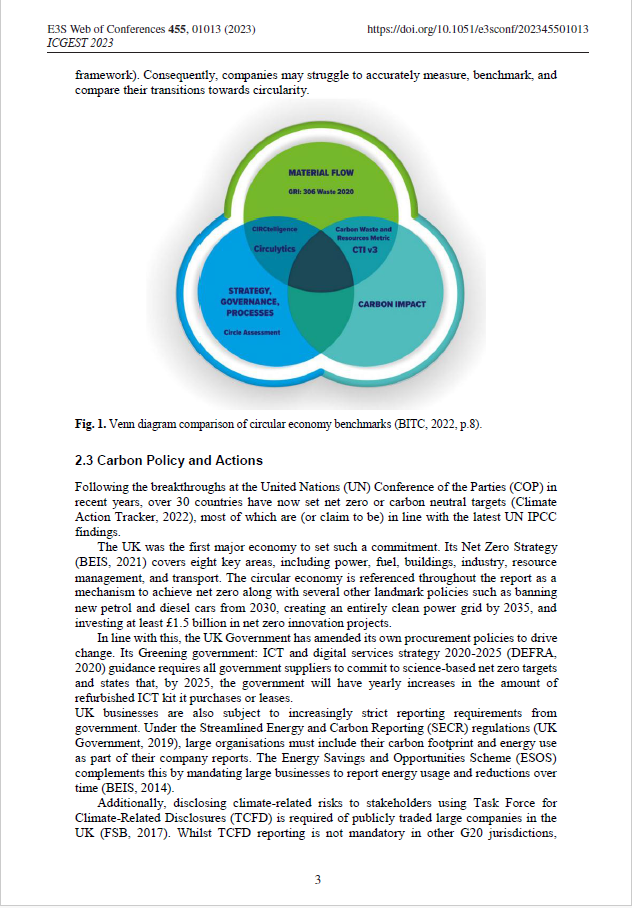Interact publishes research in International Conference on Green Energy, Environmental Engineering and Sustainable Technologies 2023 (ICGEST 2023)
Rich Kenny | Jan. 24, 2024

The GHG Protocol lacks circular economy incentivisation.
When it comes to the letter of the law the GHG Protocol doesn’t account for the benefits of re-use and product life extension. It encourages multi-stakeholder processes to develop guidance but doesn’t explicitly cater for circular economy.
We worked on this paper for LCM 2023 to provide analysis of the current methodology and provide a more balanced method of calculation to maximise environmental and social benefit.
As a first step, embodied carbon should be attributed to a fixed lifetime of an asset and proportion written down every successive year within this lifetime (for servers this should be 6 years or more).
This carbon amortization approach is similar to the economic write down of assets in traditional accounting practices. When products are sold within the write down lifetime, their residual embodied carbon cost should be passed on to the second user to encourage proper ITAD and reverse logistics rather than destruction.
This would encourage product life extension at both ends of the spectrum, keeping 1st use as long as possible and ensuring that any disposal is focused on 2nd life rather than disposal.
It would also encourage buying of refurbished assets as they will have a lower carbon cost over time.
You can access the research open source here: